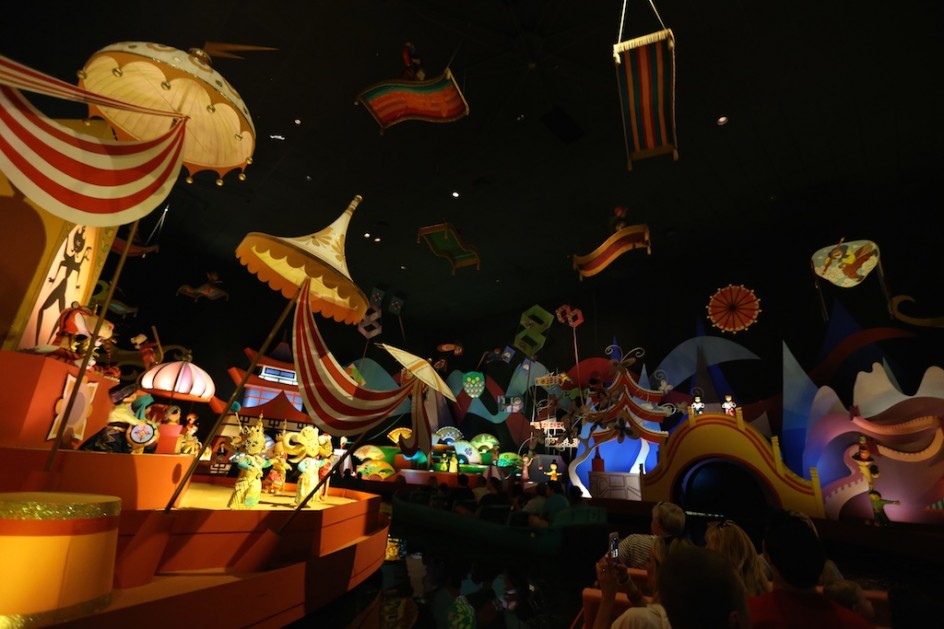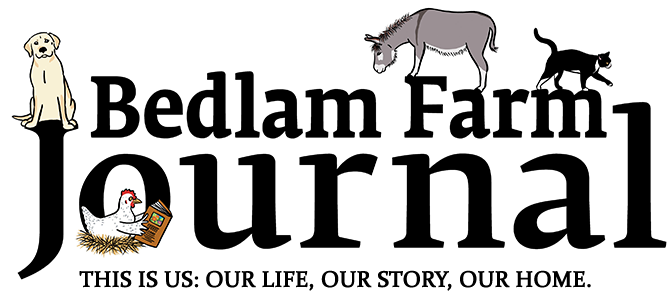
Walt Disney was a complex man, sometimes autocratic, misogynist and difficult, sometimes idealistic, emotional. He had a hard childhood, his father drove him hard and he worked almost from the time he could walk, but the child in him never quite grew up, and the new gifts of technology – heat, telephones, running water – imbued a lifelong idealism in him that was never quashed by the hard realities of life.
“It’s A Small, Small, World,” the astonishingly, colorful, complex yet simple ride and exhibit he created for the birth of the United Nations and then showcased at the World’s Fair In Flushing, New New York. After the fair, he moved it to Disney World, it is popular still. The exhibit evoked his firm belief that the world was coming together, a new era of peace and co-operation had dawned out of the ashes of World War II. This view is also reflected in EPCOT Center, where his dream of a world linked together in peace and commerce is still quite visible in his World Showcase Lagoon.
If we can’t yet live together in harmony, we can at least eat and shop together.
Disney’s idealistic vision has not yet happened, clearly, but although it does not often seem that way, the world is in many ways a much safer and more connected place than ever. The dream still lives.
Children intuitively love “It’s A Small, Small, World,” it is built on a scale for them and is magical, thousands of moving parts. The digital age makes it look a bit funky and outmoded, but it still touches a certain kind of person, the vision of a peaceful world still speaks to people who are open to it.
Like many geniuses who leave their mark on the world – Disney and Jobs often come to mind – Walt Disney was difficult, but he never lost faith in his humanistic vision of the world. He might have been the world’s first Utopian Capitalist, but “It’s A Small, Small, World,” a living argument that humans are connected to one another at the core, despite their differences, it a message of hope, it still resonates.
